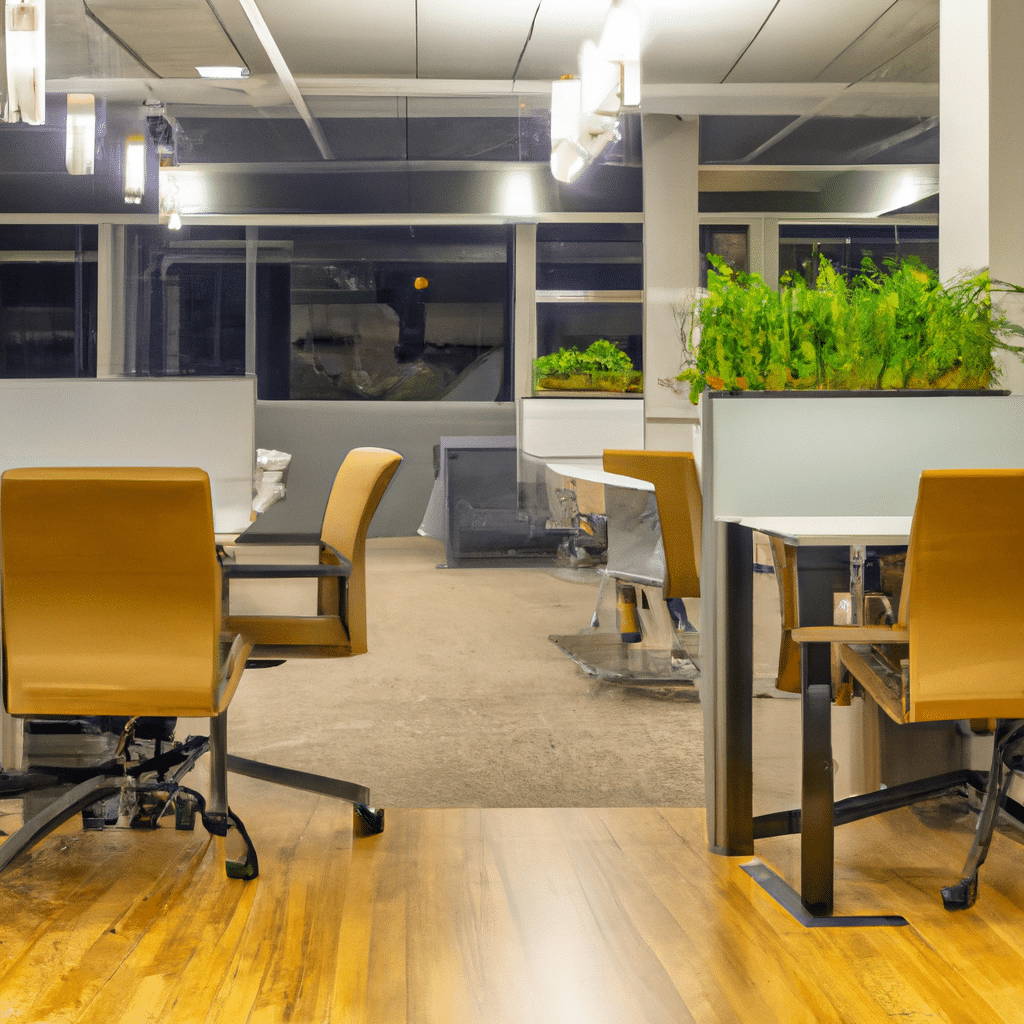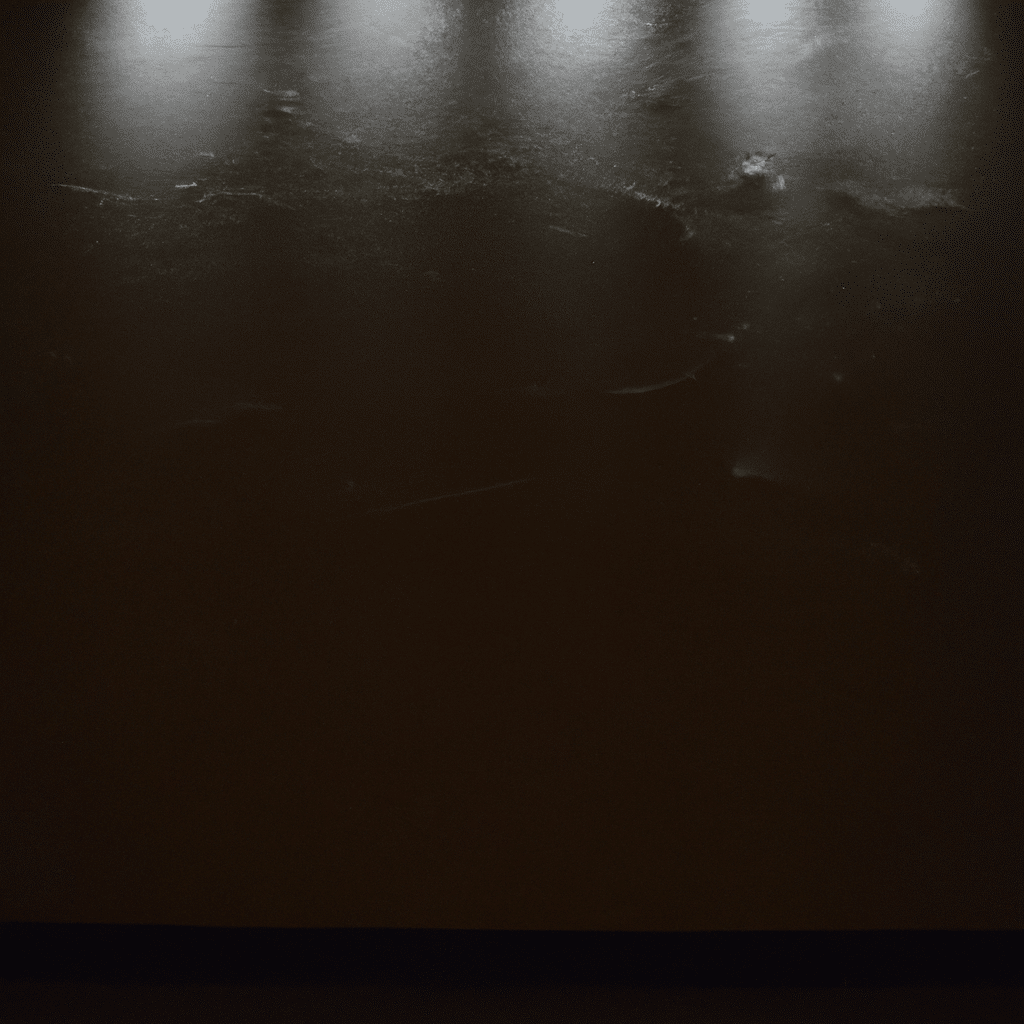
In today’s fast-paced world, productivity is a key factor in achieving success. Whether you work from home or in a traditional office setting, the environment you create plays a vital role in your overall productivity. While many factors contribute to a productive workspace, lighting is often overlooked. Surprisingly, the right illumination can have a significant impact on your work performance. In this article, we will explore the surprising link between lighting and productivity, and provide you with valuable insights on how to optimize your workspace for maximum efficiency.
Understanding the Effects of Lighting on Productivity
Before we delve into the specifics of lighting and productivity, it’s important to understand the science behind it. Natural light, also known as daylight, has a profound impact on human beings. Exposure to natural light triggers the release of serotonin, a hormone that promotes feelings of happiness and well-being. This, in turn, enhances our overall mood, energy levels, and cognitive function.
On the other hand, poor lighting conditions, such as dim or harsh artificial lighting, can lead to a range of negative effects. These include eye strain, fatigue, headaches, and decreased focus. Therefore, it is crucial to create an environment that mimics natural light as closely as possible, especially in workspaces where prolonged periods of concentration are required.
The Importance of Proper Illumination in the Workplace
Now that we have established the impact of lighting on our well-being and productivity, let’s explore the importance of proper illumination in the workplace. When designing your workspace, consider the following factors to optimize your lighting setup:
1. Lighting Levels
The intensity of light in your workspace can significantly affect your productivity. Studies have shown that a well-lit environment with appropriate lighting levels can enhance concentration, accuracy, and overall job satisfaction. On the other hand, insufficient or excessive lighting can lead to discomfort, eye strain, and decreased productivity.
2. Color Temperature
The color temperature of light refers to its warmth or coolness. Warm light, with a color temperature of around 2700-3000 Kelvin, creates a cozy and relaxing ambiance. On the other hand, cooler light with a color temperature of around 5000-6500 Kelvin promotes alertness and focus. It is important to strike a balance between the two, depending on the nature of your work.
3. Natural vs. Artificial Lighting
Natural light is the gold standard when it comes to lighting in the workplace. It not only provides a higher quality of light but also offers various health benefits. If possible, position your workspace near a window to maximize natural light exposure. However, if natural light is limited or unavailable, invest in high-quality artificial lighting that closely mimics daylight.
4. Task Lighting
Task lighting refers to additional lighting fixtures that provide focused illumination for specific tasks. It can be in the form of desk lamps, adjustable lighting fixtures, or under-cabinet lighting. Task lighting helps reduce eye strain by illuminating the working area, allowing you to focus better on your tasks.
5. Lighting Control
Having control over your lighting environment is essential for optimizing productivity. Install dimmer switches or adjustable lighting fixtures to regulate the intensity of light according to your needs. This allows you to adapt the lighting to different tasks and times of the day, promoting a more comfortable and productive work environment.
Implementing Lighting Solutions for Enhanced Productivity
Now that we have a comprehensive understanding of the importance of lighting in the workplace, let’s explore some practical solutions to implement for enhanced productivity:
1. Maximize Natural Light
Position your workspace near windows or skylights to maximize natural light exposure. Remove any obstructions that may block the light, such as blinds or curtains, during working hours. This will not only improve your productivity but also provide a more pleasant and uplifting atmosphere.
2. Invest in High-Quality Lighting Fixtures
Choose lighting fixtures that provide a high-quality, diffused light to mimic natural daylight. LED lights are an excellent choice as they offer energy efficiency, longevity, and adjustable color temperature options. Consider investing in fixtures with adjustable brightness levels and color temperatures to cater to your specific needs.
3. Use Task Lighting Strategically
Incorporate task lighting into your workspace design to provide focused illumination for specific tasks. Place adjustable desk lamps or under-cabinet lighting to minimize shadows and enhance visibility. This will help reduce eye strain and improve your overall focus and productivity.
4. Optimize Lighting Control
Install dimmer switches or smart lighting systems that allow you to control the intensity and color temperature of your lighting. This will enable you to adapt the lighting to different tasks and create a more comfortable and productive work environment. Experiment with different lighting settings and find what works best for you.
5. Consider Lighting Ergonomics
Pay attention to the ergonomics of your lighting setup. Ensure that the lighting is evenly distributed throughout your workspace, preventing any glare or shadows. Position your lighting fixtures at appropriate heights and angles to minimize eye strain and maximize efficiency.
Conclusion
In conclusion, the link between lighting and productivity is undeniable. By optimizing your workspace’s lighting conditions, you can enhance your mood, focus, and overall work performance. Remember to consider factors such as lighting levels, color temperature, natural vs. artificial lighting, task lighting, and lighting control. Implementing these lighting solutions will help create a comfortable and productive work environment, ultimately helping you achieve your goals with ease. Embrace the power of lighting and unlock your true potential today.



